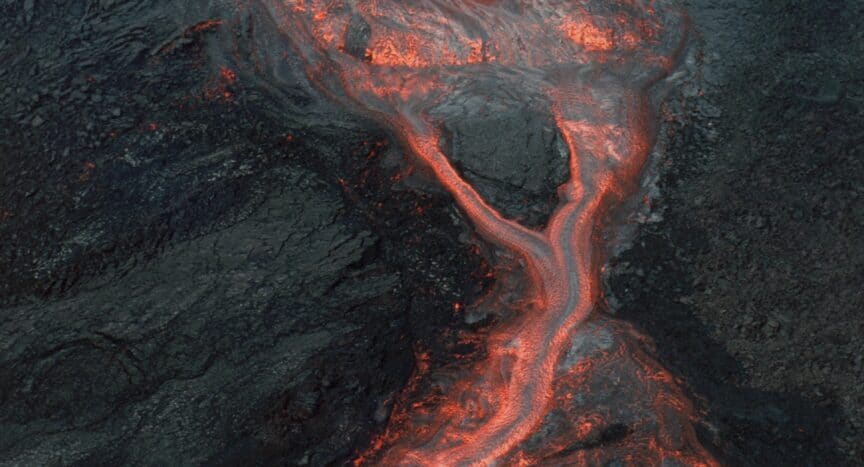The greatest mass extinction in Earth’s history happened around 252 million years ago. The Permian-Triassic Extinction Event (P-T Extinction), also known as the end Permian mass extinction killed 57% of all families, 83% of all genera and 90% to 96% of all species. This included 53% of marine families, 84% of marine genera, about 96% of all marine species and an estimated 70% of land species, including insects (The Earth’s Mass Extinctions). For a million years marine and land temperatures rose extensively and almost no fish lived at the equator. The trilobites, one of the earliest lifeforms, which had survived the previous extinctions, also went extinct. Known as the Great Dying, it had a huge impact because it took the vertebrates 30 million years to recover from this. The Great Dying is significant because dominant species like some mammal-like reptiles lost their dominance and others took over from them. In the oceans, many immobile species were depleted and replaced by others such as the great marine reptiles.
There are a host of culprits that could be responsible for this, including asteroid strikes, volcanic eruptions, excessive methane release and sea level changes and scientists have been investigating these for decades. It seems that the single biggest cause is the huge volcanic complex known as the Siberian Traps, which erupted and triggered the release of trillions of tons of carbon dioxide, resulting in global warming. At the same time reduction in oxygenation of ocean waters caused the suffocation of marine life.
Now a new study has provided additional information that adds a different set of volcanoes in South China to the mix that could have caused the Great Dying.
The team for this work was composed of more than two dozen researchers, including scientists from China’s Nanjing University and Guangzhou Institute of Geochemistry as well as Smithsonian Institution’s National Museum of Natural History and Montclair State University. They investigated other factors that may have contributed to the end of the Permian Period, which lasted from 300 million to 250 million years ago. They found mineral and other related deposits on land (specifically copper and mercury) in south China, and discovered that the age of these minerals coincided with the end Permian mass extinction in non-marin regions. The composition of the deposits had anomalies, such as the fact that they were covered by volcanic ash, which they think is probably due to sulfur-rich emissions from nearby volcanic eruptions
“Sulfuric acid atmospheric aerosols produced by the eruptions may have been the cause of rapid global cooling of several degrees, prior to the severe warming seen across the end-Permian mass-extinction interval,” says Michael Rampino, a professor in New York University’s Department of Biology and one of the authors of the paper.
These findings suggest that the Siberian Traps eruptions were not the only cause of the Great Dying. Environmental impacts due to the South China eruptions (and probably others) could also have played a role in the extinctions of such a large number of species.







